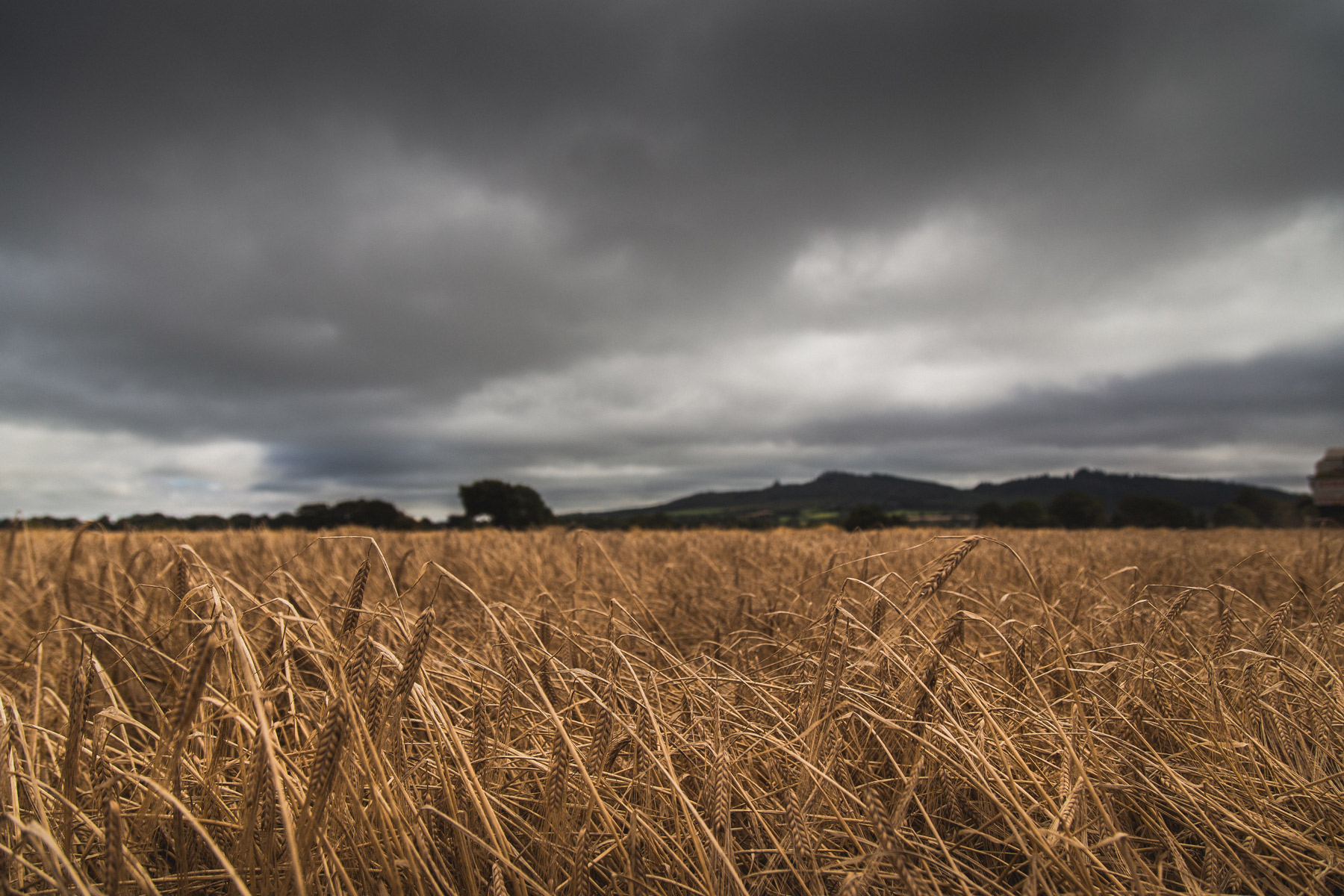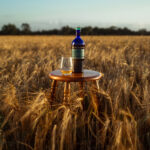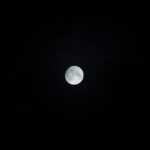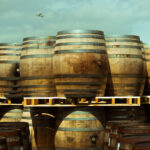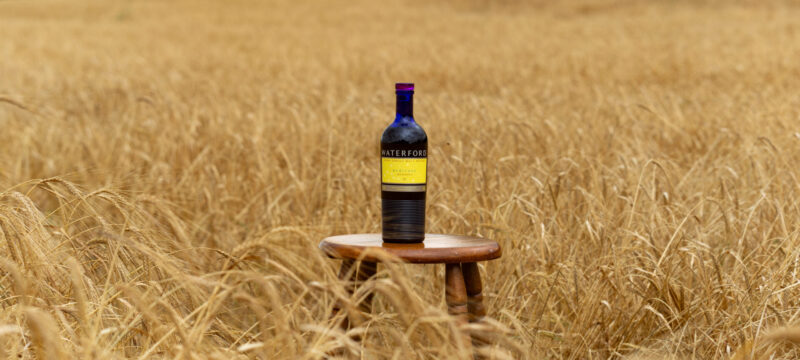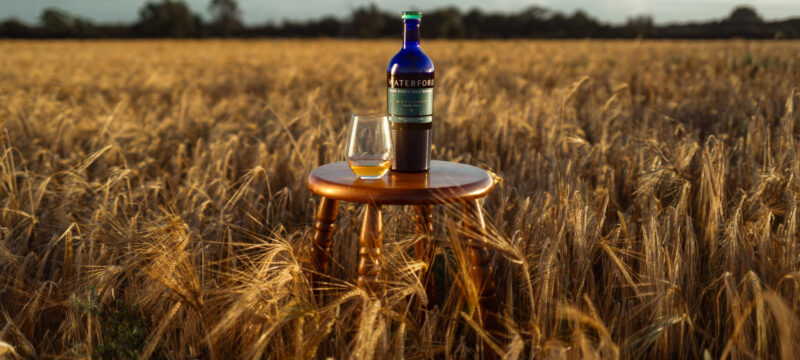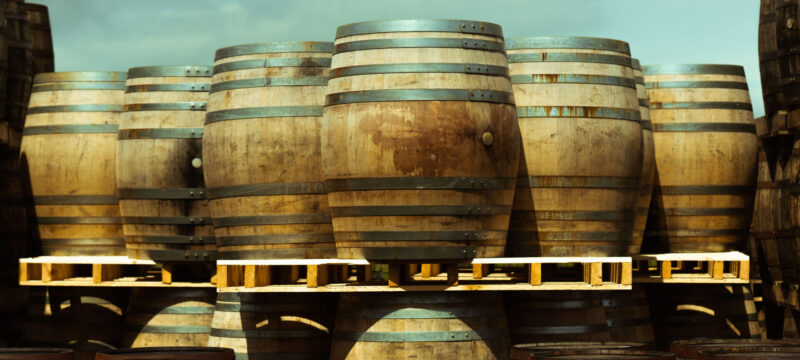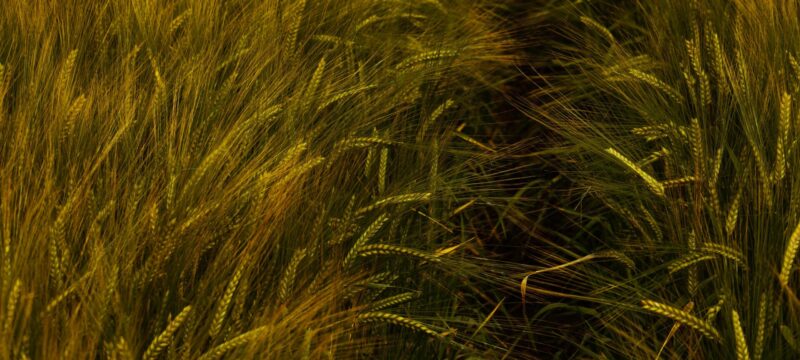I have spent half my career in the wine business, half in distillation. As vigneron, wine shipper, wholesaler and retailer, I saw first-hand what terroir is about. It is about the 3D interaction of place – microclimate, soil, site – on a plant. As a two (and a half) times distillery owner, I’m in unique position to be able to combine, understand and extol the vision and concept of terroir further within the spirits industry.
At Waterford we can clearly demonstrate terroir exists for whisky. We invite visitors to select at random from a list of the different farms’ barley we have distilled since we started, any two terroir origins they wish to compare and contrast to see if they are the same. Of course, if we selected for them, cynics would claim we were fixing it. But any serious visitor is welcome to test for themselves.
Terroir is not that unusual. Gardeners understand it, working out where roses grow best, matching plants to soils; they call it gardening. Farmers know where the best yields are found, the soil thinnest, flooding-prone, wind swept or salt-burnt; they call it farming.
The reason we use barley over corn is that barley provides the highest level of flavour. As any plant it responds to where and how it is grown but then these guys will be telling you next that it makes no difference which variety you use; oh wait…
Sure, the grain is dried, and then 6 months later it is malted, fermented and distilled. And yes, these procedures could be made to appear as aggressive as Dante’s inferno. But then pneumatically crushing grapes, freezing juice at sub zero temperatures, reverse osmosing, and gassing it could appear equally violent.
Have you ever tried to explain politely to a French or Italian vigneron that the spirit distilled by the travelling distillerie ambulante from his own vineyard’s marc is exactly the same as the spirit from his neighbour’s, because apparently terroir cannot exist in a spirit? Like to see you try.
Eau de vie is made from fruits. Pears, raspberries, cherries etc. each fermented and distilled to produce a clear spirit bursting with the flavour of… er, pears, raspberries, cherries. Each spirit’s flavour is derived from its own original fruit. There is a whole appellation surrounding the production of eau de vie just as there is for the spirits obtained from cereals such as rye, wheat, corn and barley.
So, it follows logically that a new spirit’s flavour can be influenced by the original source material. The single malt whisky flavour, that differentiates it from a Bourbon or a Rye or a Cognac or Calvados, is derived from the barley grain. Where that grain is grown and how it was nurtured ought to impact, therefore, on that flavour. If one was prepared to look for it, that is. Commercially the industry looks the other way: it’s about yields and prices not flavour or style.
But research is being done, part of a genetic investigation to identify which grain varieties produce certain flavours in varying micro-climates. The research did not set out to prove terroir in spirits per se, but it is one of the happy coincidences determined by the much bigger commercial imperative of developing new, targeted, grain varieties matched to specific climates and soils. A bit like single malt, the terroir cat is now out of the bag; the proof does exist.
“There is no scientific evidence to prove that terroir exists”, the usual defensive refrain trotted out by the whisky industry, is about to be blown wide open.
